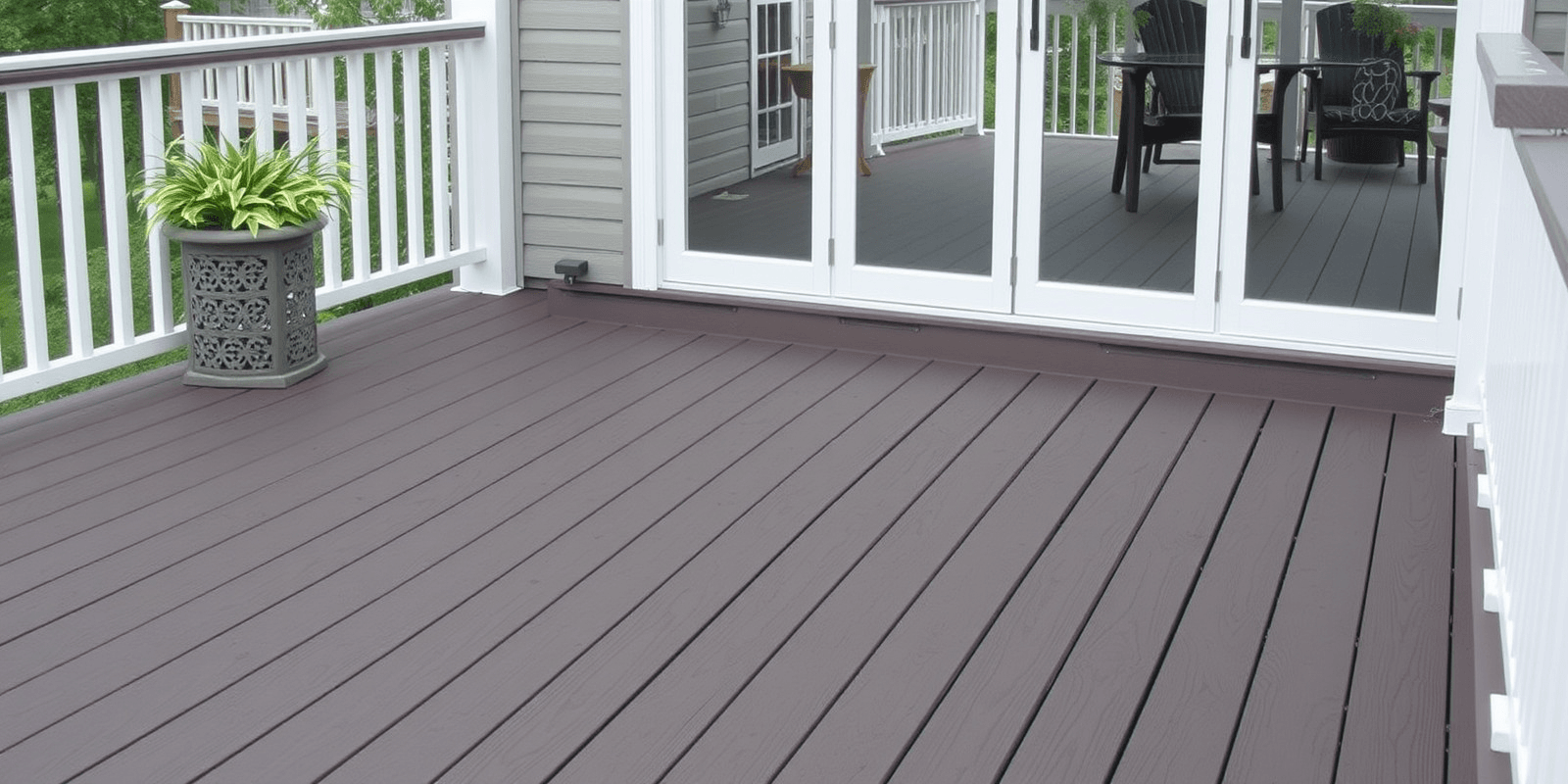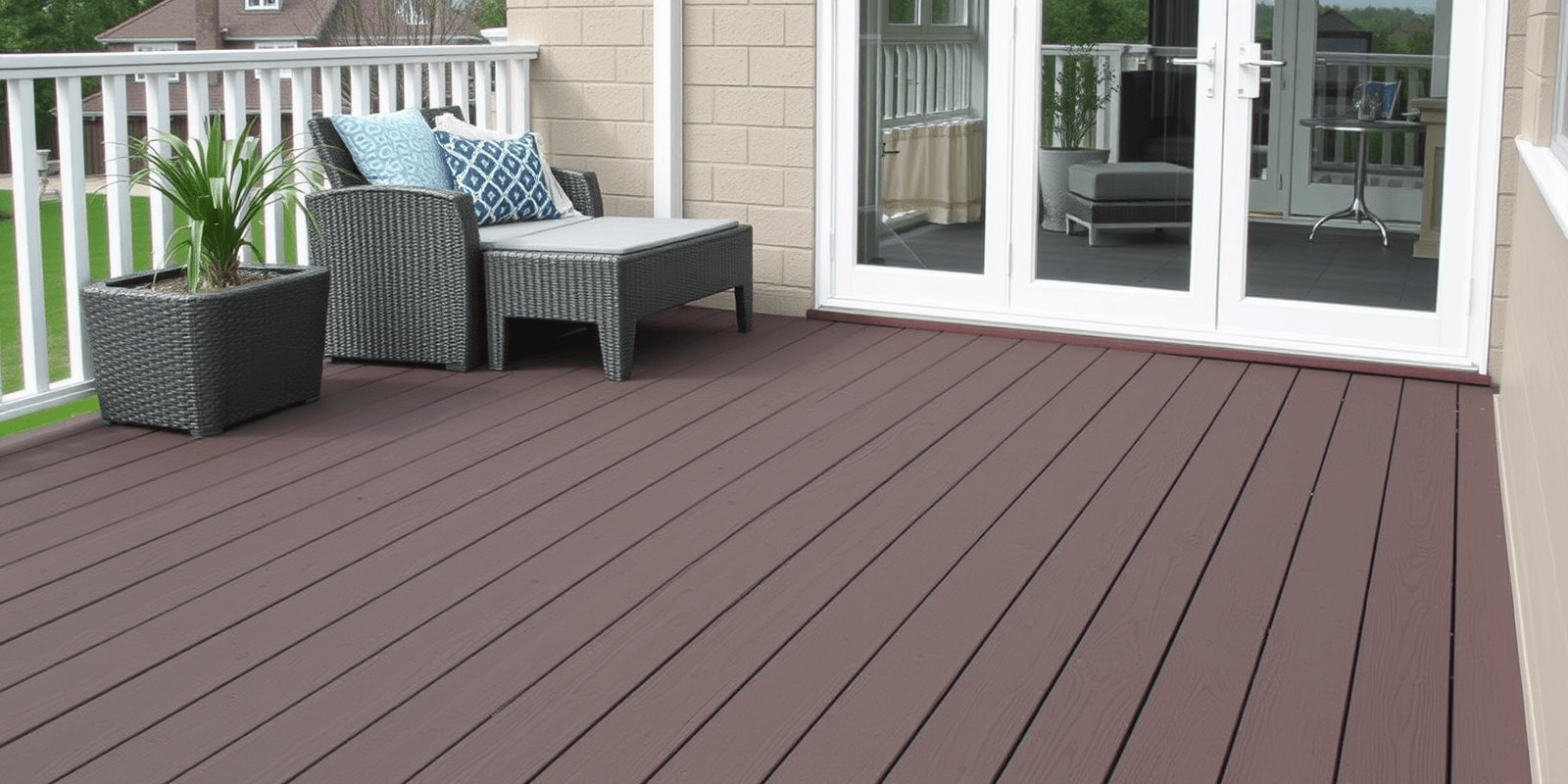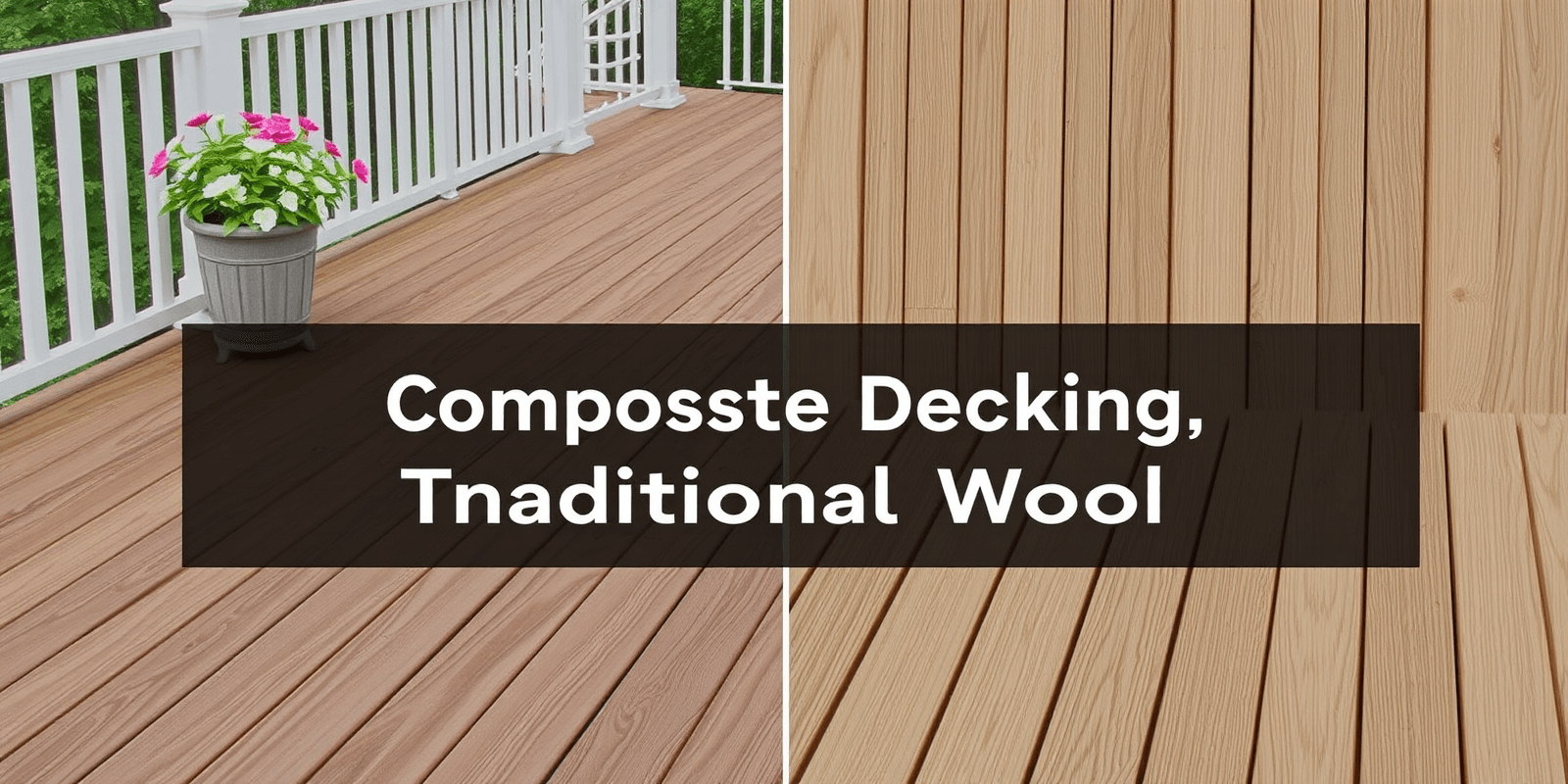“`html
Composite Decking Drawbacks: Why Not to Choose This Material
Introduction
Composite decking has been marketed as a low-maintenance alternative to traditional wood decking. However, while it may seem like a convenient option at first glance, there are several reasons why one might want to reconsider before choosing composite decking. This article will delve into the ongoing maintenance requirements, higher initial costs compared to traditional materials, and the long-term financial implications of using composite decking.
Ongoing Maintenance Requirements
One of the most significant drawbacks of composite decking is its need for regular maintenance. Although it is often touted as “maintenance-free,” this is a misconception. Composite decks require periodic cleaning to prevent staining and discoloration. Over time, exposure to sunlight and moisture can cause fading and warping, which necessitates additional care. Unlike traditional wood, which can be easily sanded and refinished, composite decking often requires professional cleaning or replacement of damaged sections, adding to the overall cost and effort.
Higher Initial Costs Compared to Traditional Materials
The upfront cost of composite decking is generally higher than that of traditional wood decking. While the exact price varies depending on the brand and quality of materials, composite decking typically costs between $8 and $20 per square foot, whereas pressure-treated wood usually ranges from $3 to $10 per square foot. The higher initial investment can be a deterrent for many homeowners, especially those on a tight budget. Moreover, the installation process for composite decking is more complex, requiring specialized tools and expertise, which further increases the total cost.
Long-Term Financial Implications
While composite decking is advertised as a long-lasting material, the reality is more nuanced. The lifespan of composite decking is often shorter than that of high-quality treated wood, particularly in harsh climates. Over time, composite materials can degrade, leading to issues such as cracking, fading, and warping. These problems may require frequent repairs or even complete replacement, adding to the long-term financial burden. In contrast, well-maintained wooden decks can last for decades with minimal intervention, making them a more cost-effective choice in the long run.
According to a study by the National Association of Home Builders (NAHB), the average homeowner spends approximately $1,500 to $5,000 on deck maintenance over a decade. While this figure includes both wood and composite decks, the higher initial and maintenance costs associated with composite decking make it less financially viable for many homeowners.
Conclusion
While composite decking offers some advantages, such as resistance to rot and insects, the ongoing maintenance requirements, higher initial costs, and long-term financial implications make it a less attractive option for many homeowners. Before deciding on composite decking, it is essential to weigh these factors carefully against your budget and long-term needs. For those seeking a durable and cost-effective solution, traditional wood decking remains a viable and often superior alternative.
“`



